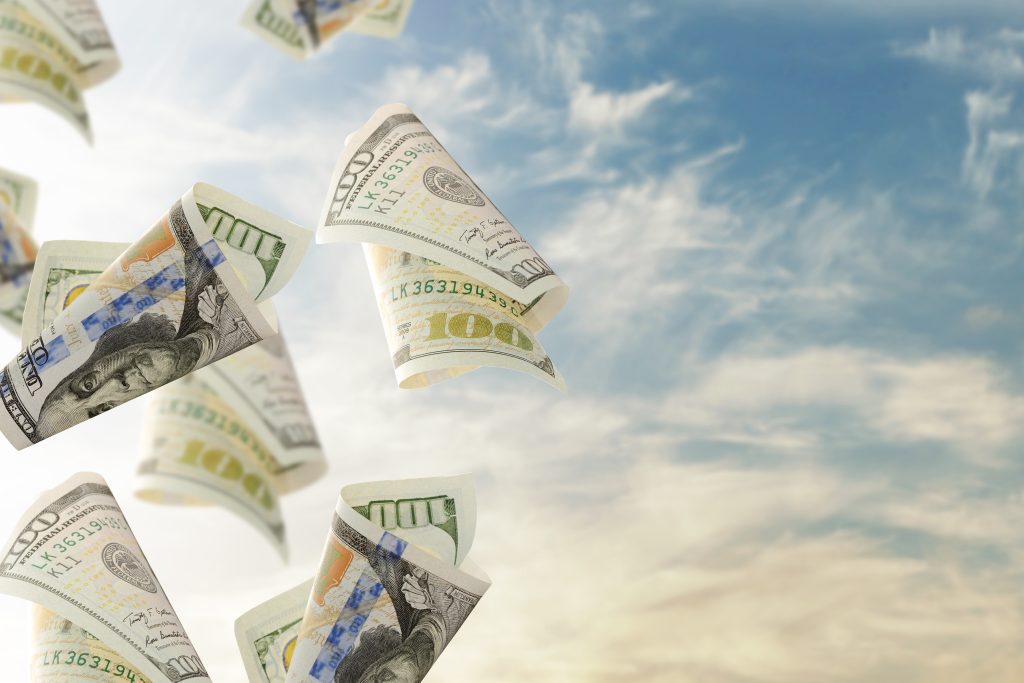While economists vary on when the next recession will come, practical credit policy managers should think it will be sooner than later.Consumer debt is up and savings are down.
The New York Times noted that the World Bank indicates that “Global Growth Will Be Choked Amid Inflation and War.”
World growth is expected to slow to 2.9 percent this year from 5.7 percent in 2021. The outlook, delivered in the bank’s Global Economic Prospects report, is not only darker than one produced six months ago, before Russia’s invasion of Ukraine but also below the 3.6 percent forecast in April by the International Monetary Fund.
And expect to see a tough climate through the rest of the decade, meaning the next 7 years.
Growth is expected to remain muted next year. And for the remainder of this decade, it is forecasted to fall below the average achieved in the previous decade.
In some ways, the bank said, the economic threats mirror those in the 1970s, when spiraling oil shocks followed by rising interest rates caused a paralyzing stagflation or a menacing combination of soaring prices and low growth.
Here in the U.S., two metrics to watch are the growth of debt and the shortfall in consumer savings.
Data published by the Federal Reserve on June 7 indicates that revolving debt is setting new records. There are two ways to look at revolving debt: seasonally adjusted and non-seasonally adjusted.
Not-seasonally adjusted is a spot look at debt. It trails the seasonally adjusted number because the adjustment smooths out peaks and valleys in how consumers spend. Winter holidays, for example, increase consumer spending, so volumes tend to peak. In contrast, the non-seasonally adjusted numbers simply show actual amounts. As of the latest report, revolving credit card debt hit a peak of $1.1 trillion with the seasonal adjustment and $1.0 trillion without the seasonal adjustment.
Non-revolving debt, which includes auto loans, installment loans, and student debt was three times that amount, clocking in at $3.5 trillion, up $20 billion from the month before.
In an environment where we have 8% inflation in the U.S., expect more debt to build. The increased volume will certainly come from credit cards, as consumers toil with gas and groceries but keep an eye on installment lending, as consumers consolidate debt with cheaper (but climbing) interest rates. (For more information on installment debt in the U.S., see this Mercator report.)
Now, consider savings. Here it is evident that the party is over.
Dating back to the 1960s, when Americans saved about ten percent of their income, the metric fell during modern times. In February 1960, the metric was a 10.6% personal savings rate. In February 1991, the number was 8.8%. Trends dipped in 2005 to a mere 2.7%, then peaked during the COVID-19 period as consumer bank accounts filled with relief funds, at a whopping 24.8% rate in May 2020. The latest metric published by the Federal Reserve for April 2022 sits at 4.4%, indicating that Americans have gone through their savings.
That is why Jamie Dimon, Chase’s CEO suggested: “You’d better brace yourself,” Dimon told the roomful of analysts and investors. “JPMorgan is bracing ourselves and we’re going to be very conservative with our balance sheet.”
I would go with Jamie on this one. Credit policy managers must begin tapering loan books, particularly credit cards, as the storm begins. And from the looks of it, there will be a long tail on this recession.
Overview by Brian Riley, Director, Credit Advisory Service at Mercator Advisory Group
